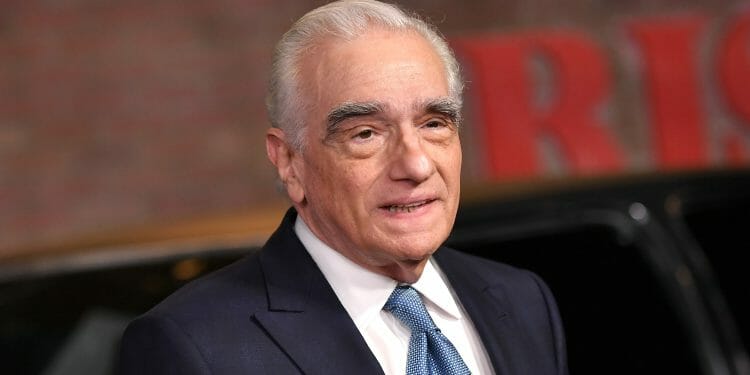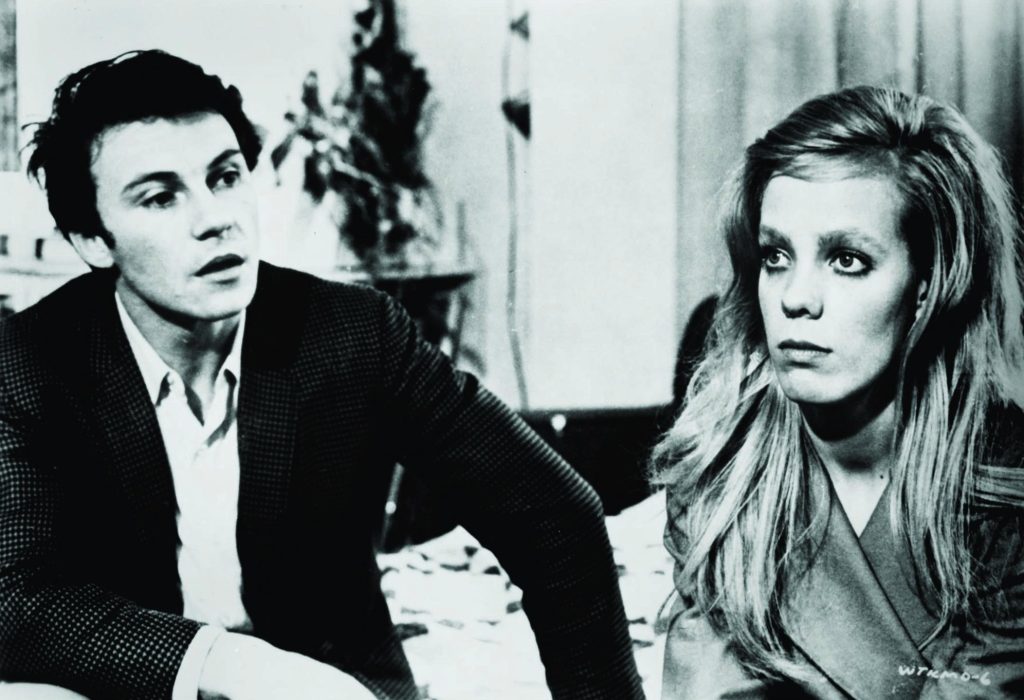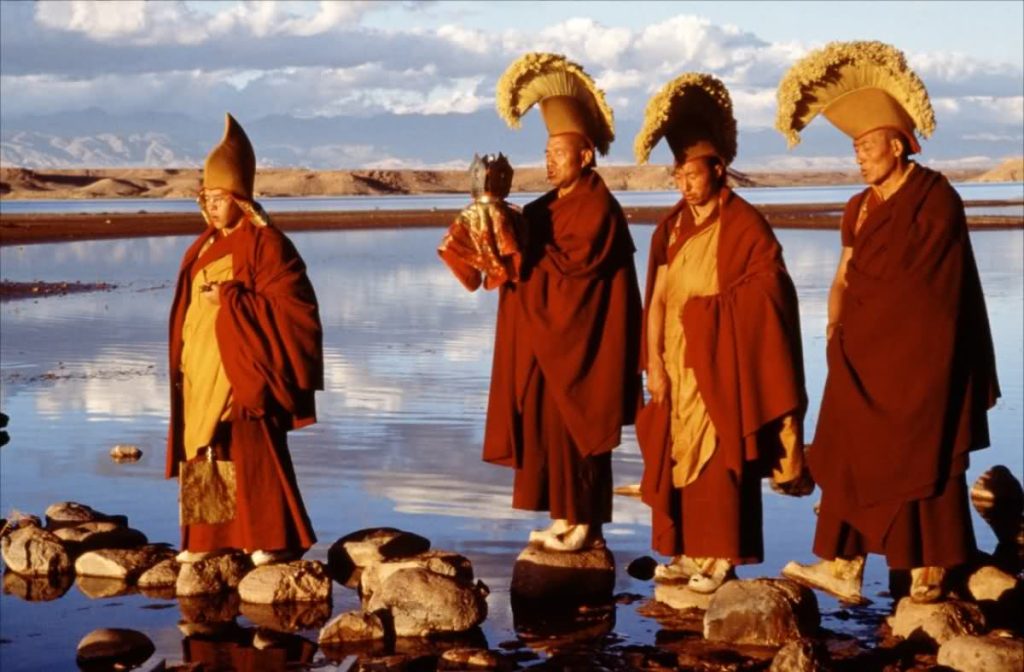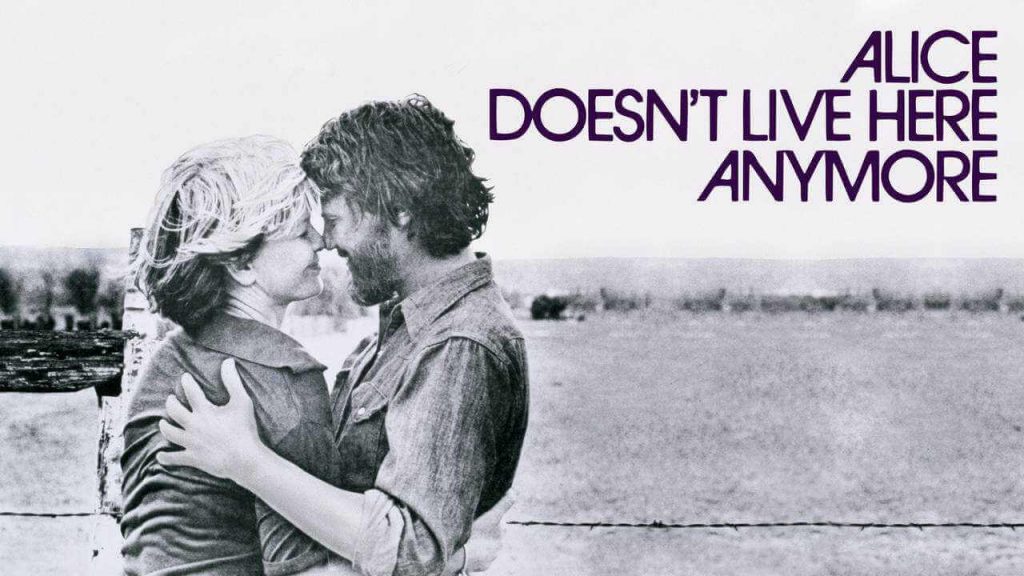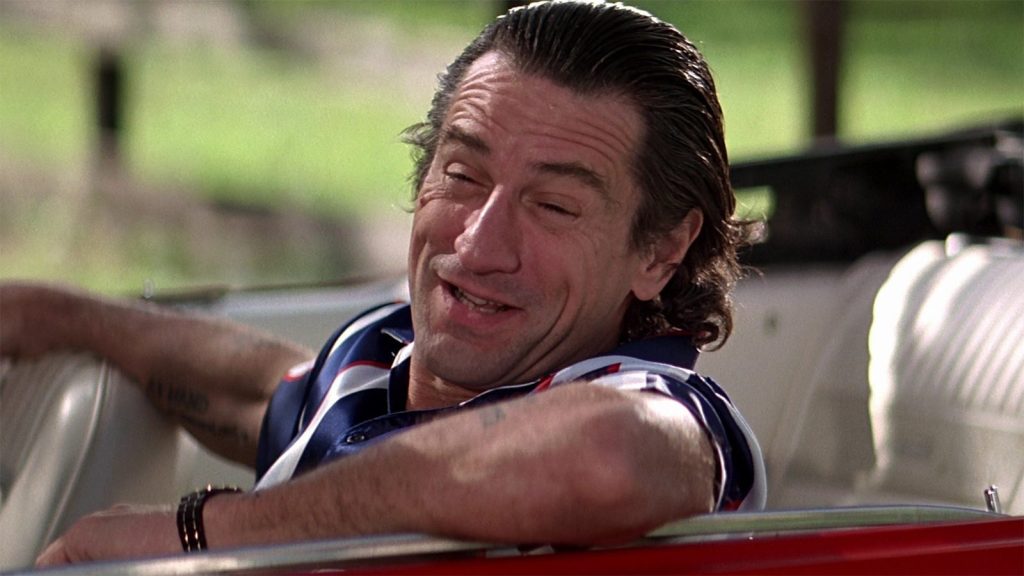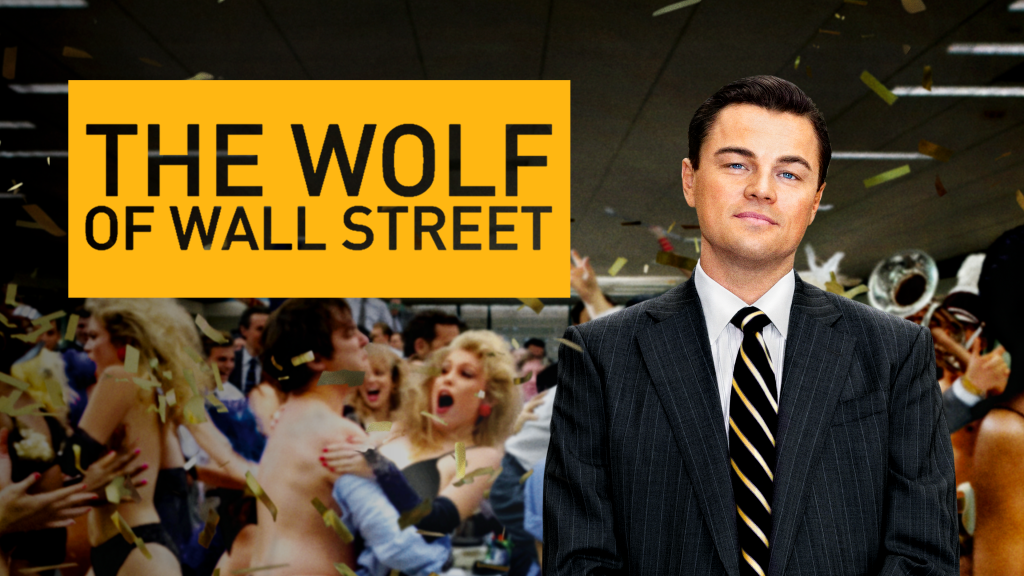Martin Scorsese is the genuine ruler of film. While most producers are fortunate to have only one movie that stands the trial of time, Scorsese has had many hits across fifty years.
All Martin Scorsese motion pictures have been amassed here and positioned. While a few could take the best position without much stretch, there must be one champ.
Table of Contents
Toggle25. Boxcar Bertha (1972)

The storyline is based on the Boxcar Bertha event.
The movie, made on a shoestring budget, is a loose version of Bertha Thompson’s fictional character Sister of the Road, a pseudo-autobiographical narrative.
This was Scorsese’s second full-length movie.
24. Who’s That Knocking at My Door (1967)

Both Keitel and Scorsese were making their acting debuts in this feature picture.
The story revolves around Italian-American J.R. (Keitel), who struggles to accept the secret his free-spirited and independent fiancée (Bethune) has been keeping; it addresses Catholic guilt themes similar to those in his later movie Mean Streets.
23. New York, New York (1977)

According to the plot, a jazz saxophonist (De Niro) and a pop singer (Minnelli) fall head over heels in love and are married.
But even as their jobs diverge, “the saxophonist’s outrageously volatile personality continually strains their relationship; In the film, actor Jack Haley made his last appearance.
22. Bringing Out the Dead (1999)

In any case, 20 years on, it seems like a mindset over a film as it symbolizes a work culture that has caused pressure and burnout to arrive at plague levels.
Straightforward, Pierce (Nicolas Cage), an exhausted paramedic, is hauled over the edge of mental stability as he is compelled to work the spirit-pounding and soul-breaking super late shift in Hell’s Kitchen.
He feels cursed as he has not saved a perishing patient for so long he has begun to contemplate whether he is a rescuer or a heavenly messenger of death.
Frequented by the phantoms of those he could not save, Pierce desires to save one biting the dust soul so he can keep himself.
21. Kundun (1997)

Since its release, this film has received many positive reviews from viewers, and it’s still one that many adults in their 90s would enjoy seeing.
The life of Tenzin Gyatso, the 14th Dalai Lama and the exiled political leader of Tibet inspired the film’s narrative.
20. Silence (I) (2016)
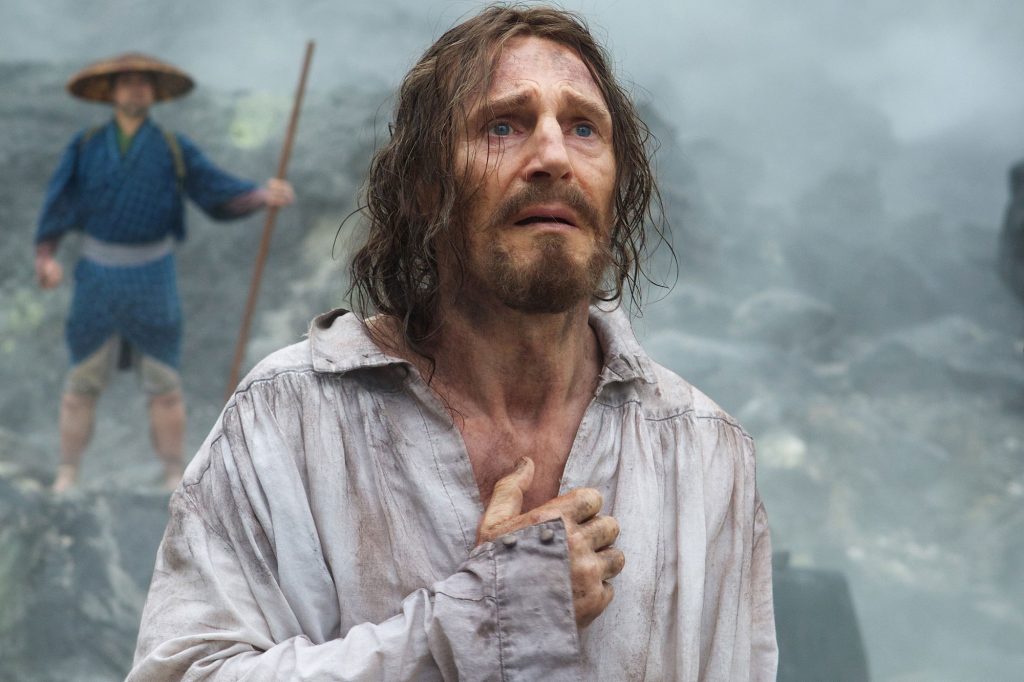
Based on Shsaku End’s 1966 novel, Silence is an epic historical drama movie!
Jay Cocks and Scorsese wrote the screenplay. The story follows two Jesuit priests from the 17th century as they journey from Portugal to Edo-period Japan through Macau to find their missing mentor and preach Catholicism.
When Christianity was suppressed in Japan following the Shimabara Rebellion (1637-1638) against the Tokugawa shogunate, it was everyday practice for Japanese faith followers to flee persecution. This is the time in which the novel is situated.
19. Alice Doesn’t Live Here Anymore (1974)

The 1974 American romantic comedy-drama film Alice Doesn’t Live Here Anymore was directed by Martin Scorsese and written by Robert Getchell.
Ellen Burstyn plays a widow who journeys across the Southwest of the United States with her adolescent son in pursuit of a better life.
18. The Color of Money (1986)
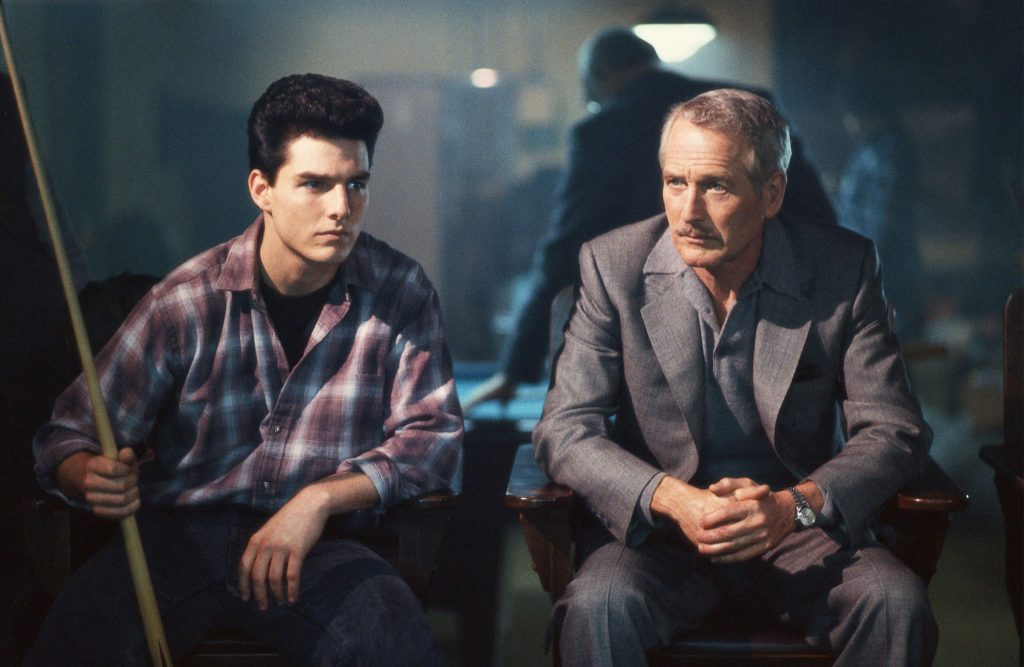
A quarter-century later, Paul Newman featured as Fast Eddie in the film The Hustler, and Martin Scorsese coordinated a continuation with The Color of Money.
Newman returned as Fast Eddie and resigned from the pool circuit, functioning as an alcohol sales rep.
Notwithstanding, a newcomer needs to venture into his point of view in Vincent (Tom Cruise).
After attempting to help Vincent become a superior pool trickster by checking his haughtiness, Eddie gets the itch to play again.
17. Cape Fear (1991)

In the film, a violent rapist convicted of the crime seeks revenge on a former public defender by exploiting his newly acquired knowledge of the law and its many loopholes.
He claims the former public counsel is responsible for his 14-year sentence because of inadequate trial defense strategies.
The film “Cape Fear” is the eighth time Scorsese and De Niro have worked together.
16. The Last Temptation of Christ (1988)
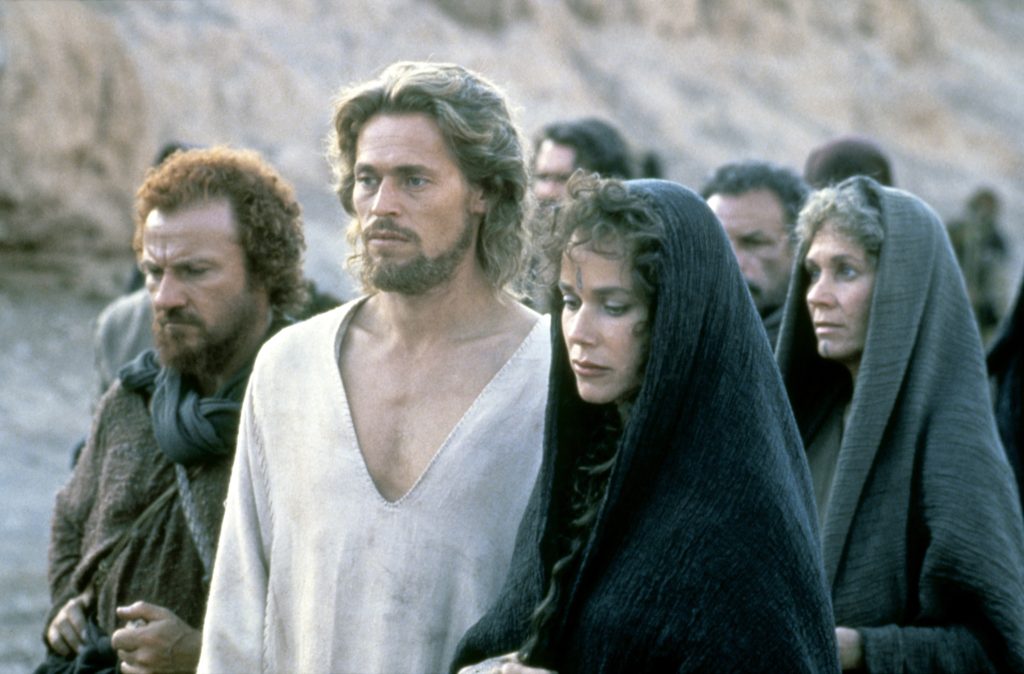
In 1988, Scorsese made one of his more dubious movies. The debate came because of strict gatherings of people who didn’t comprehend the film’s message.
This is the tale of the last long periods of Jesus Christ’s life before his demise and restoration. The title alludes to Satan’s last allurements of Jesus, as depicted in the Bible, as he offers Christ an extraordinary life if he dismisses God and double-crosses his religion.
Scorsese became dependent on his set of experiences with religion for the duration of his life.
While the objective of fights, Scorsese got an Oscar assignment for Best Director.
15. Shutter Island (2010)

In 2010, Martin Scorsese wandered into the domain of blood and gore films when he coordinated the thrill ride Shutter Island. Keeping in mind Dennis Lehane, the novel’s author, follows two U.S.
Marshals as they head to Shutter Island when one of the dangerous patients disappears. Leonardo DiCaprio and Mark Ruffalo are the two marshals researching the case.
As the crowd before long finds, nothing is as it appears when they begin to discover that the specialists there probably won’t be who they seem.
The film was Martin’s second-best of all.
14. The Age of Innocence (1993)
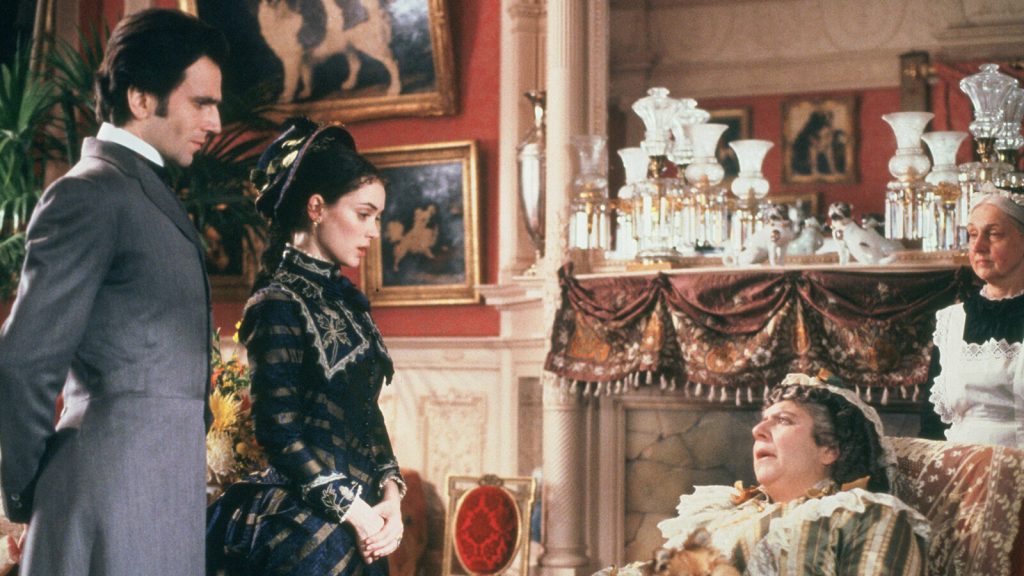
Scorsese exchanges mobsters and weapons for habits and tattle, carrying private promptness to his dependable transformation of Edith Wharton’s 1920 novel of a similar name.
This pre-newspaper acting is a character piece and a more comprehensive look into the ludicrous struggles among the new, old, and rich.
Newland Archer is entrapped in an adoration triangle between the Bohemian yet wedded Countess Ellen Olenska and her conventionalist cousin May Welland.
These affection, custom, and social and governmental problems are handled with great sensational control.
Day-Lewis, Pfeiffer, and Ryder bring the realities and telling subtleties of Wharton’s writing on-screen without depending on theatricality.
Their character bends have meshed together into a durable entire that gives both understanding and enthusiastic results.
Its inconspicuous tone covers a profoundly lowered energy that surfaces in several beautiful minutes.
13. Hugo (2011)
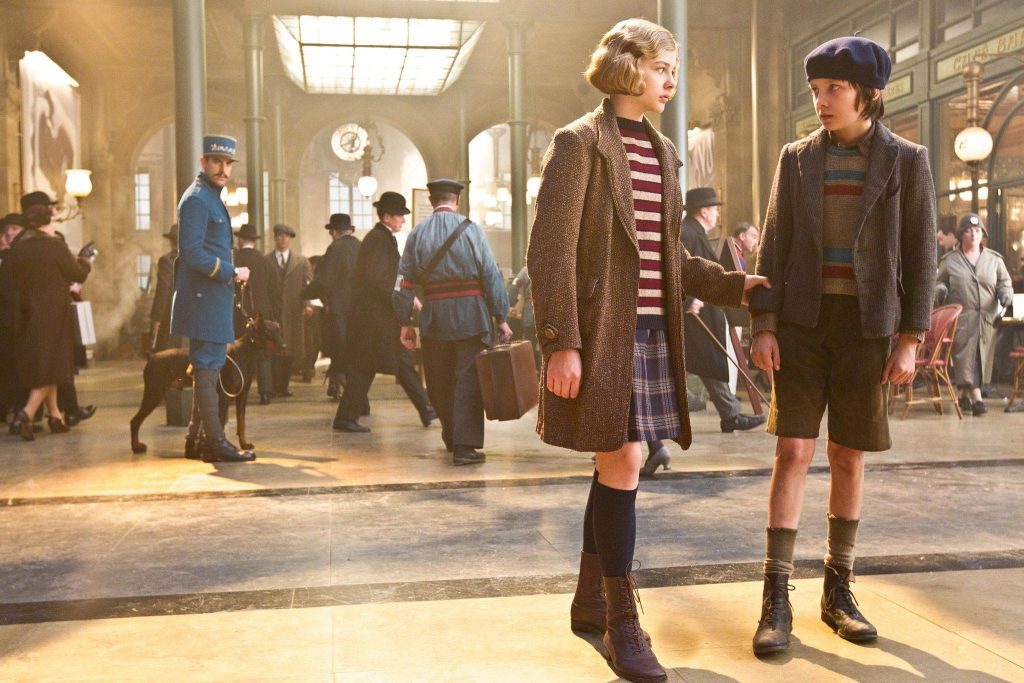
Many of Martin Scorsese’s motion pictures are coordinated exclusively toward the grown-up crowd, with wrongdoing film his strength.
Nonetheless, in 2011, Scorsese accomplished something totally out of his wheelhouse. He coordinated a transformation and shot in 3D a book about a kid in London. While it appeared to be a danger, it became an extraordinary disclosure story.
It was a genuine affection letter to the film’s starting points, referring to spearheading movie producer Georges Melies.
Hugo Cabret is a destitute youngster who lived peacefully with his dad until his abrupt demise. Presently alone, Hugo tries to comprehend the wrecked machine his dad found and discovers his spot on the planet.
12. The Aviator (2004)

A biography of the wealthy Howard Hughes begins with his early years as the head of R.K.O. Pictures but mainly focuses on his work in developing and marketing new airplanes.
To compete with Pan Am Airlines, owned by his fierce adversary Juan Trippe, Hughes founded TWA.
Hughes was a risk-taker who spent considerable money constructing experimental planes.
Hughes has the upper hand when Trippe’s politician, Senator Ralph Owen Brewster, claims he is a war profiteer.
In addition, Hughes had various relationships with women, including a protracted one with Katharine Hepburn.
Hughes, however, also developed a fear of germs at a young age and experienced severe mental illness.
11. The King of Comedy (1982)
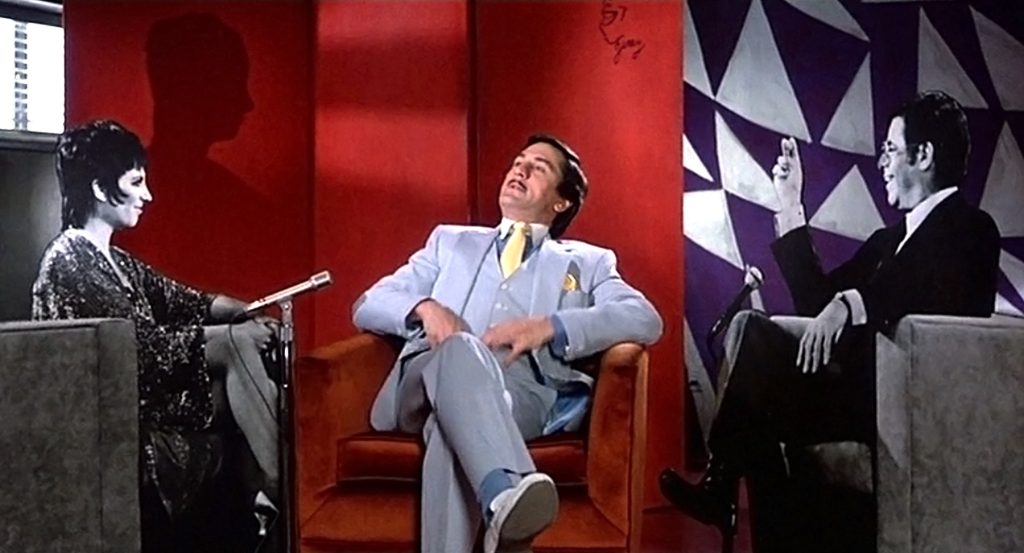
The film is about a comic named Rupert Pupkin (De Niro), who turns out to be dangerously fixated on his venerated image.
Late-night T.V. has Jerry Langford (Jerry Lewis) hijack him to guarantee a T.V. spot.
This criminally underseen pearl reemerged in the discussion as of late, inferable from its striking effect on Todd Phillips’ Joker’s plot.
However, Scorsese’s parody is undeniably more life-changing in its analysis of media-supported VIP love.
He likewise investigates Rupert’s feeling of qualification that the world owes him 15 minutes of popularity, and he will have it at any expense.
It is sociopathic conduct as execution workmanship, and De Niro is essentially outstanding in this incredible comic dream that just appears to improve with each review.
10. Gangs of New York (2002)

Martin Scorsese delivered Gangs of New York in 2002, and it made incredible progress.
The film got 10 Oscar selections, without denying that it didn’t win any of them.
They had the best of everything. The film happens in 1863 when a long-running quarrel between Catholics and Protestants transforms into brutality.
The cast is first-rate, with names like Leonardo DiCaprio, John C. Reilly, and Day-Lew.
DiCaprio is Amsterdam, a youthful Irish foreigner delivered from jail who returns to Five Points to discover vengeance against his dad’s executioner (Day-Lewis).
09. Casino (1995)

Image courtesy: Cinema Glimpses
Gambling Club utilizes — and now and again mishandles — the layout of its advancement archetype Goodfellas and conveys a close equivalent form of the hoodlum epic.
Even though the setting shifts from New York to the “profound quality vehicle washed” happening to be the Sin City of Las Vegas, it feels like an otherworldly continuation of Goodfellas: Nicholas Pileggi composes both.
And both are real stories of a criminal organization’s ascent to control and ensuing go wrong.
In both components, Robert De Niro is a prudent crowd trying to figure out Joe Pesci’s insane character. Just this time, Pesci’s hot-headed conduct and sociopathic hatred cost him sincerely as he becomes the loss of an independently upsetting snapshot of ultra-viciousness.
After he is compelled to watch his kindred Mafioso enjoy some baseball batting practice with his sibling’s head, they rehash the interaction, beating him near death before covering him alive.
08. After Hours (I) (1985)

The 1985 American black comedy film After Hours was made by Amy Robinson, Griffin Dunne, and Robert F. Colesberry.
Paul Hackett is an office worker who goes through a sequence of mishaps while trying to get home late at night from New York City’s SoHo neighborhood.
Initially intending to pay a recent acquaintance a visit at her shared flat, Hackett is soon alarmed by her peculiar conduct. Hackett is the first to find the body after the friend kills.
He tries to reach the woman’s missing roommate, but instead, he confronts aggressive local punks and a lynch mob that accuses him of being responsible for a string of break-ins.
07. The Wolf Of Wall Street (2013)

Martin and Terence Winter shorten the Wall Street stockbroker Jordan Belfort’s diary to its most conspicuous components.
Belfort (DiCaprio) and his representatives cheated many dollars from hapless financial backers through protection misrepresentation and market control to finance his wanton way of life of yachts, prostitutes, medications, and smaller person tossing challenges.
The movie offers the horrible depravity of the American dream as the rich go to libertine limits in their quest for joy.
Scorsese purposefully makes every wicked guilty pleasure awkwardly charming — even improperly silly — in a reasonable judgment of unbridled free enterprise and the narcissistic conduct it breeds.
Also, it is moored by DiCaprio, who supercharges the whole film with excited alpha-male energy as he takes you on a drive around into the most debauched profundities of humankind.
06. Mean Streets (1973)

Harvey Keitel and Robert De Niro feature in Martin Scorsese’s 1973 American criminal drama Mean Streets, also co-written by Scorsese and Mardik Martin. Warner Bros. produced it.
The movie had its New York Film Festival premiere on October 2, 1973, and was made available to the public on October 14.
For his performance as “Johnny Boy” Civello, De Niro received the National Society of Film Critics and New York Film Critics Circle awards for Best Supporting Actor.
The project was the first of many that Scorsese and De Niro would work on together.
It was also the first Scorsese film to get praise from critics and audiences.
05. The Irishman (2019)
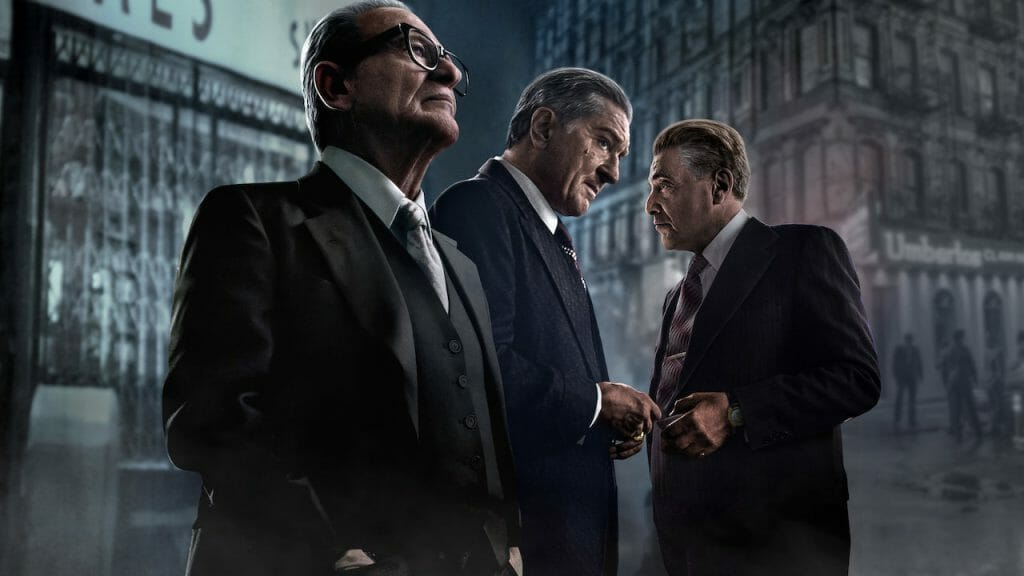
Returning to the favorite productive spot of criminal movies, Scorsese reunites with De Niro and Pesci and reconnects with the class that acquired him.
You can detect a lifetime of his films and mafia folklore implanted in its layers if Goodfellas takes a Steadicam one-go for a walk through the Copacabana to exhibit criminal life in the entirety of its corrupt fabulousness.
The Irishman offers you a chance of a weapon sinking into the profundities of a waterway where many other arranged guns rest after having filled their need.
Maybe some of these were utilized by criminals from other Scorsese films as they spread hopelessness and demise to everybody and all they contacted.
In this way, it is a funeral poem to hoodlum films, a memorial for the American Dream.
Contemplatively investigated and perfectly shot, The Irishman recounts the narrative of supposed horde hired gunman Frank Sheeran (De Niro), his fellowship with mafia manager Russell Bufalino (Joe Pesci), and his contribution to the vanishing of association supervisor Jimmy Hoffa (Al Pacino).
Be that as it may, Scorsese transforms this hoodlum adventure into something more impressive and more personal than his past films.
04. Taxi Driver (1976)
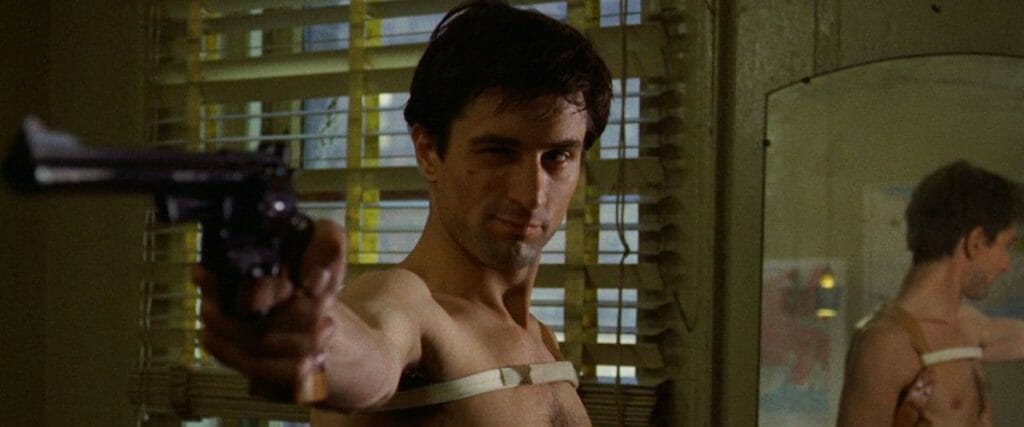
After the complete first review, Taxi Driver waits in the psyche for more than most movies. Travis Bickle (De Niro) is a 26-year-old Vietnam War veteran with dreams fuelled by dissatisfaction with his financial standing and feeling of white male advantage.
He likewise accepts his reclamation lies in saving a young lady named Iris (Jodie Foster) from prostitution. In his psyche, these activities are legitimized by their courageous aim and his ethical code.
This reasoning for American manliness originates from the financial equity and social headway the supposed American dream guarantees.
As Travis feels betrayed by this guarantee, he believes he needs to lash out viciously.
Add the estrangement, sleep deprivation, and Post-Traumatic Stress Disorder into the condition, and you have a ticking delayed bomb.
At the point when he gazes into the mirror, it resembles reality, and dreams are both pointing a weapon at him.
So, Scorsese and Schrader stand up to this American ideal of an independent, strict nonconformist in the quest for the American dream and its possibly disastrous outcomes.
However, it is additionally a frightful character investigation of the human state of depression and its staggering consequences for the mind.
It is a film that requests various viewings, and you find something new to esteem, contemplate, and appreciate at each event.
Chapman’s cinematography transforms New York into a noirish Gomorrah, and Taxi Driver is just filmed at its most flawless.
03. Raging Bull (1980)
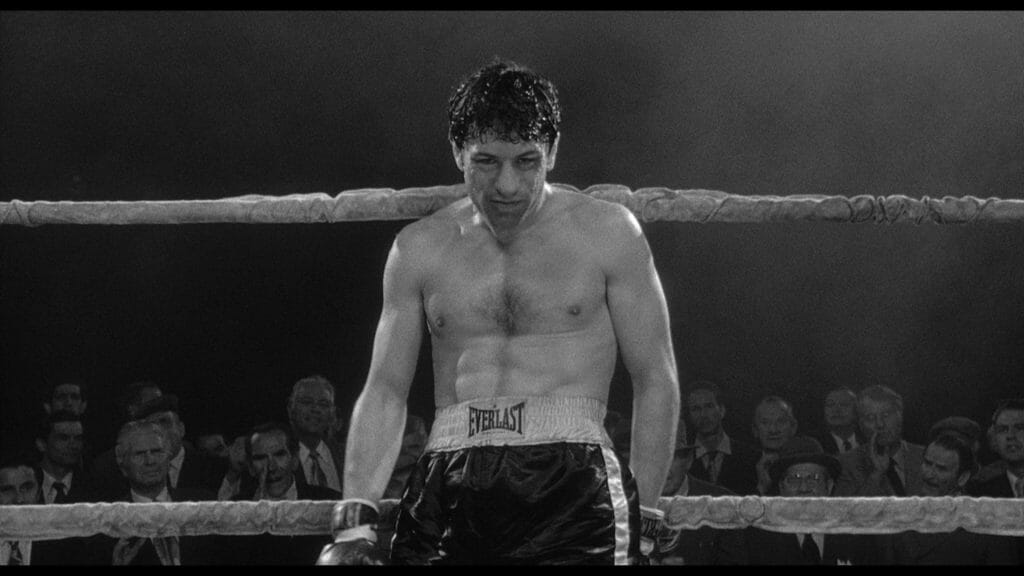
Image courtesy: Movie House Memories
Unlike most other biopics, Scorsese won’t give us a clear target truth of his subject.
Scorsese shows his plummet by discussing his passionate frequency with lighting and the plan of sets.
The highly contrasting photography deglamorized its subject, adding a quieted delicateness to his inside clashes.
By shooting the battle scenes inside the ring, he fabricates a closeness with the fighters and catches the battle’s physical and mental parts.
He additionally utilized smoke to make cloudy pictures that underscored LaMotta’s dazed cognizance—caps off to Thelma Schoonmaker for altering these pictures flawlessly into a genuine work of art.
02. The Departed (2006)
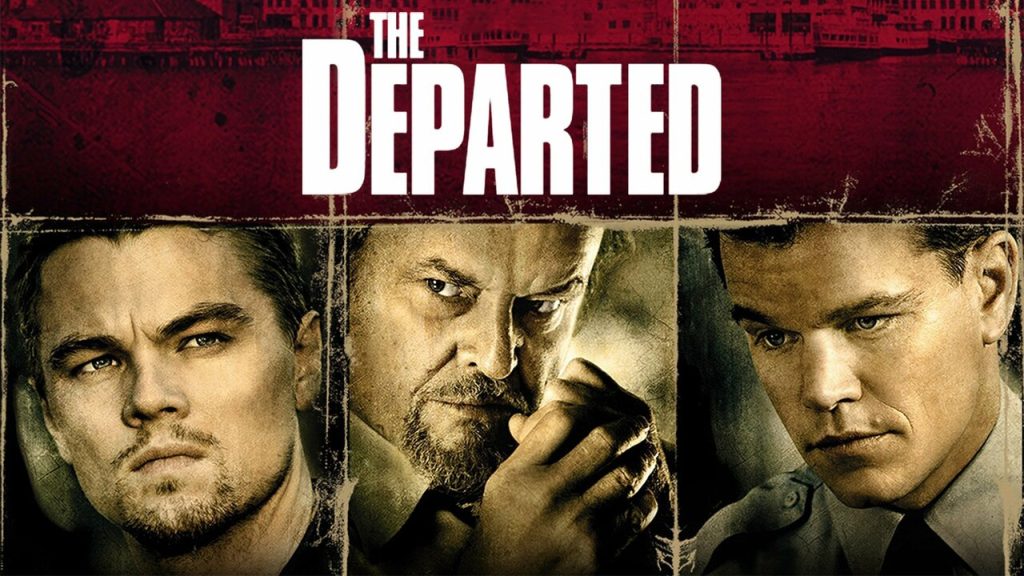
Image courtesy: Netflix
The unpredictable plot, dynamic altering, and perfectly curated music decisions of The Departed transform it into one of Scorsese’s most absolutely blissful and fiercely engaging movies.
Scorsese takes the Hong Kong wrongdoing thrill ride Infernal Affairs and deftly moves it to Boston, adding a more lavishly layered investigation of the cracked Irish-American personality.
He sets up the film consummately with an extraordinary setting up scene: we see an outline of Jack Nicholson’s character Frank Costello.
01. Goodfellas (1990)
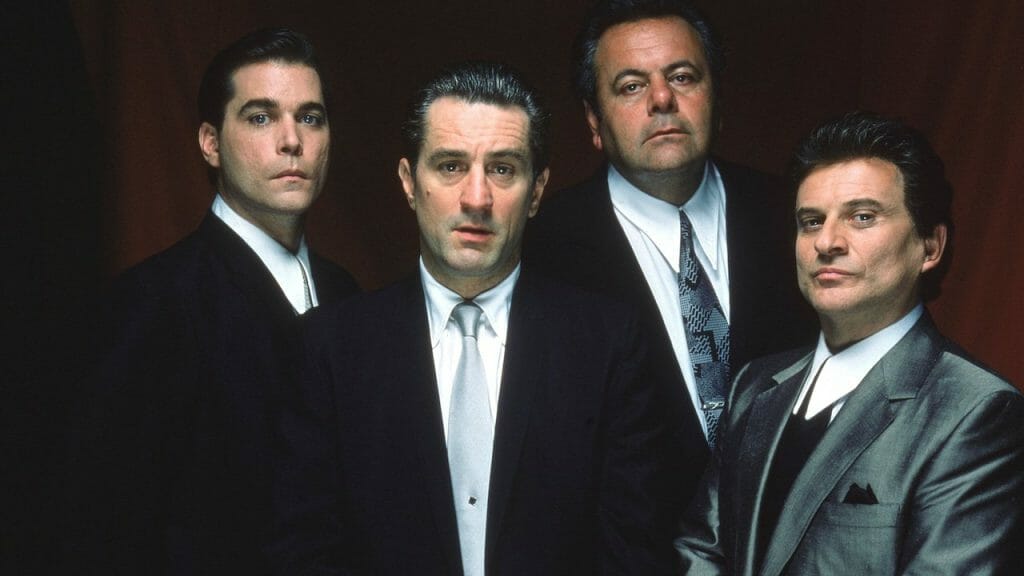
Image courtesy: The Times
On one more day, this film could undoubtedly have been No One on the Rundown.
Scorsese’s film captivates with its unforgettable characters, New York atmosphere, and compelling mafia allure.
They overwhelmed us with schedules and strategies, showcasing their intelligent evolution into a naturally inspired yet deceptive group.
De Niro and Pesci exhibit unique vain behaviors in their similar grit exhibitions as yearning mobsters.
Martin had never led down his audiences and made them expect high with his every upcoming movie and giving justice. Having a director with such visions and the power for every movie is rare!
